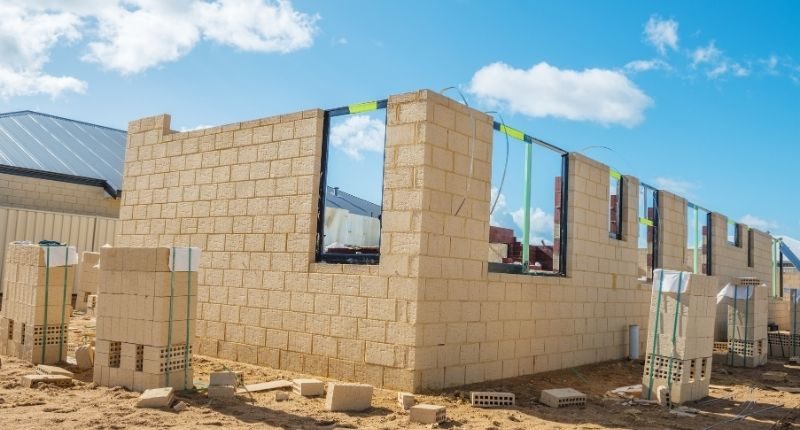- Costs are expected to rise, albeit at a slower pace
- Labour still to be an issue for some time
- Australia will fail to meet its new home build target
With ongoing material and labour shortages across Australia, many are asking what is going to happen to the construction sector in 2023 and beyond.
After all, many construction companies have gone under over the past two years, despite high levels of demand. Take Pindan, Probuild and Condev for example. Even 100-year old plus Clough collapsed last year, despite much of their work stemming from government contracts.
Quantity surveyor Marty Sadlier told The Property Tribune last year that he expects supply chains to be sped up by this year, following demand bolstered by government stimulus during the early stages of the pandemic, primarily in the form of the popular HomeBuilder program.
Master Builders Australia (MBA) said that despite rising interest rates, surging inflation and low unemployment, forecasts indicate that activity is likely to expand modestly over the medium term.
This is despite the effect of short-term challenges.
However, there will be considerable variations in the level of growth by subsectors.
Failing to meet long-term population growth
Despite Australia recording its first quarter of negative during the pandemic – thanks to little immigration during the border closure and having one of the lowest fertility rates in the world – 200,000 new homes need to be constructed each year to accommodate long-term population growth.
It is likely Australia will fall significantly of this target until at least 2026.
“While pandemic conditions brought forward some residential building demand, the current economic conditions of interest rates hikes, inflation increases, and continued shortage of workers and materials, are significantly contributing to the decline”, according to Master Builders Australia (MBA) Chief Executive, Denita Wawn.
Long term supply constraints likely to hamper residential construction
Despite a fall in new builds, Ms Wawn noted that MBA’s members are still reporting significant delays with materials and labour and approval for land title, building applications and occupation certificates.
“Shortage of land in the right places, high developer charges, and inflexible planning laws also restrict opportunities to meet the housing needs of our future. These long-term supply challenges are the responsibility of State and Territory Governments”, she said.
Ms Wawn added that the outlook for non-residential building activity (social, cultural, retail, commercial and warehousing) is reasonable; a small decline is expected this year, but will steadily increase from 2024 to 2026.
“Master Builders remains concerned about the potential impact of unfavourable changes to the industrial relations framework for non-residential activity,” said Ms Wawn.
“Changes already made and intended are likely to mean higher costs and lengthier rollout times. Were it not for these changes, the forecast growth rates would be more substantial.”
On the flipside, some builders have reported an increase in supplies, making labour now the number one issue.
Many in the sector are hoping that now Australia has access to global labour pools following tow years of closed borders, these constraints may be eased.








